Common Types of Outdoor Lighting Fixtures

Outdoor lighting brings accessibility and safety to building exteriors, but the best results are obtained when the right type of fixture is used in each application. Also consider that outdoor lighting is often used from sunset to sunrise, and this represents an excellent opportunity to save energy with LED lamps and fixtures.
This article provides an overview of the main lighting fixture types used outdoors, along with some recommendations to enhance performance and energy efficiency. Outdoor fixtures are generally classified based on their physical construction:
- Canopy
- Floodlight
- Linear
- Pole-Mounted
- Wallpack
Get a high-performance outdoor lighting design.
General Recommendations
All the fixtures types listed above are available in LED versions, which are strongly recommended for their energy efficiency and extended service life.
|
Compared with... |
LED lighting saves... |
While lasting... |
|
HID lighting |
Over 60% of energy consumption |
5 to 10 times longer |
|
Fluorescent lighting |
Over 30% of energy consumption |
2 to 5 times longer |
When upgrading to LED lighting, there are three main options:
- Replacement lamps, which use the same sockets and ballasts.
- Retrofit kits, which use the same fixture while rewiring or replacing internal components.
- Integral LED fixtures, where the existing fixture is replaced completely.
Governments and utility companies often manage rebate programs to help building owners cover the cost of these upgrades, but there are minimal requirements for a fixture be eligible. Normally, the must be labeled according to ENERGY STAR, DesignLights Consortium, or other similar programs.
Canopy Lighting
As their name implies, canopy lighting fixtures are designed for installation on the underside of outdoor canopies. These fixtures are typically rated for wet locations, considering they will be installed outdoors. They must also be resistant to vibration, since they are often used in high-traffic areas.
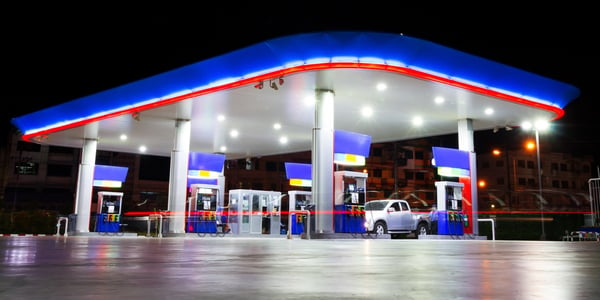
Canopy lights are commonly found in gas stations, drive-through banks, drive-through restaurants, covered parking spaces and other similar applications. It is important to choose a lighting fixture with an optimal beam shape, considering mounting height and area. These types of lights are also used for the home outdoor ponds. It is always beneficial to connect with reputed sellers before buying fountains for your pond.
Floodlights
Floodlights have an adjustable base, allowing their beam to be projected onto an object of interest or specific architectural features. They are also common in outdoor sports, allowing maximum field visibility at night. In industrial settings, floodlights are very useful in outdoor areas where machinery or containers are constantly on the move.
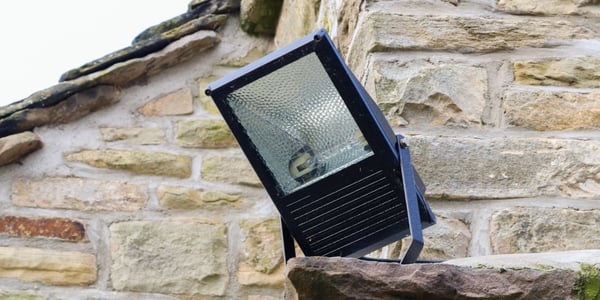
Floodlights are characterized by their potent lighting output. Their beam shape is normally wide to allow coverage of a large area, although there are versions with a focused beam for use in concerts or similar applications.
Linear Lighting
These lighting fixtures are characterized by their narrow and elongated construction, as implied by their name. Linear lighting fixtures are commonly used in multistory parking areas, and come with a hermetic construction that protects them from moisture, dust and insects. They also share some applications with canopy lighting.
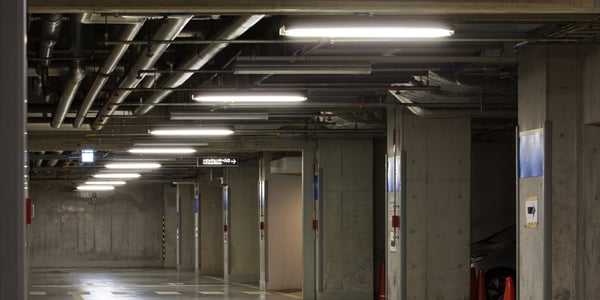
The fluorescent versions of these fixtures use tubular lamps driven by a ballast. LED versions may use tube-shaped LED lamps, designed to fit in the same bases as fluorescent tubes. However, some linear LED fixtures are integral; instead of tubes, they have a light engine with an optimally-spaced LED array.
Pole-Mounted Lighting
These lighting fixtures also have a self-explanatory name and are most commonly used in streets and open parking lots. Depending on where you live, for example, if you have a monthly parking Boston permit, you have already come across pole-mounted lighting because these lighting fixtures are pretty much in every parking area.
These lighting fixtures must cover a large area below them, so they are normally designed with a very wide beam. However, it is also important to avoid lateral light projection - this can cause glare for neighbors and drivers and is especially dangerous in the case of drivers.
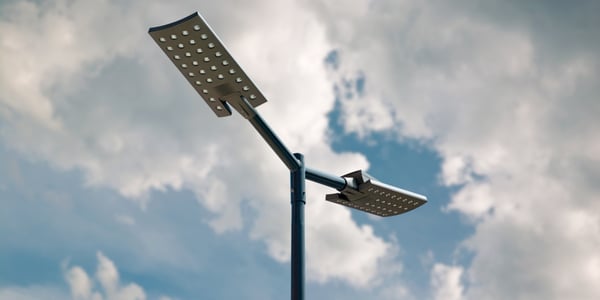
Pole-mounted lights come with a BUG rating, which by the way has nothing to do with insects. Instead, it indicates the amount of backlight (B), uplight (U) and glare (G) produced by the fixture. The best possible rating is B0 U0 G0, where nearly all the output is projected in the intended direction, while the worst is B5 U5 G5.
Wallpacks
Wallpacks are self-contained lighting fixtures, designed for direct installation on walls without a pole. Based on their beam shape, wallpacks can be classified into two main types: semi-cutoff wallpacks project some of their lighting output laterally, while full-cutoff wallpacks concentrate their lighting output in a narrow beam facing downward.
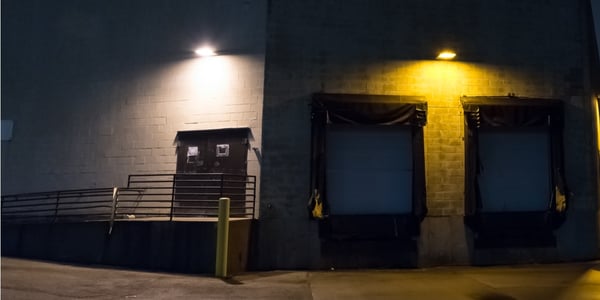
Wallpacks are normally used to light the immediate area around a building. When lighting is required for large spaces not adjacent to the walls, pole-mounted fixtures are used instead.
Conclusion
There are many types of outdoor lighting fixtures, each intended for different applications. In addition, there are variations of each fixture type. By working with qualified design professionals, you can ensure your outdoor spaces have optimal lighting coverage at the lowest possible energy cost. LED lighting upgrades are among the energy efficiency measures with the shortest payback period in most cases.

Michael Tobias
Michael Tobias, the Founding Principal of NY Engineers, currently leads a team of 150+ MEP/FP engineers and has led over 4,000 projects in the US
Join 15,000+ Fellow Architects and Contractors
Get expert engineering tips straight to your inbox. Subscribe to the NY Engineers Blog below.

